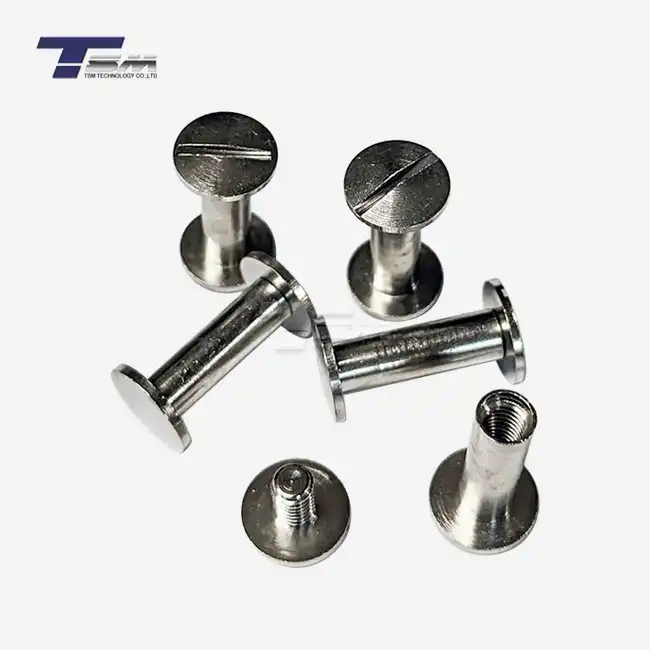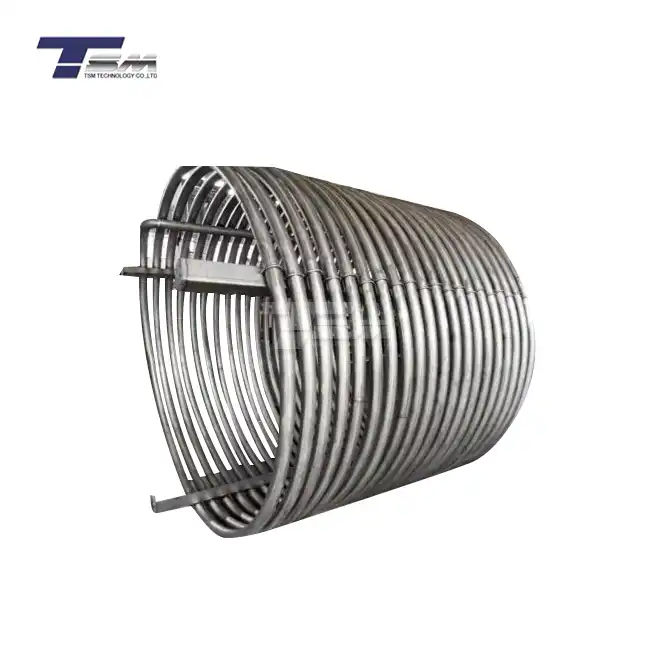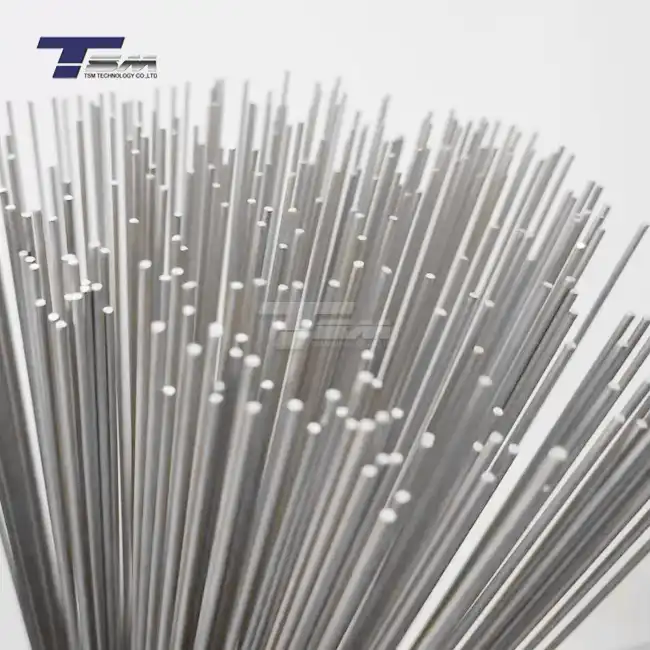- English
- French
- German
- Portuguese
- Spanish
- Russian
- Japanese
- Korean
- Arabic
- Greek
- German
- Turkish
- Italian
- Danish
- Romanian
- Indonesian
- Czech
- Afrikaans
- Swedish
- Polish
- Basque
- Catalan
- Esperanto
- Hindi
- Lao
- Albanian
- Amharic
- Armenian
- Azerbaijani
- Belarusian
- Bengali
- Bosnian
- Bulgarian
- Cebuano
- Chichewa
- Corsican
- Croatian
- Dutch
- Estonian
- Filipino
- Finnish
- Frisian
- Galician
- Georgian
- Gujarati
- Haitian
- Hausa
- Hawaiian
- Hebrew
- Hmong
- Hungarian
- Icelandic
- Igbo
- Javanese
- Kannada
- Kazakh
- Khmer
- Kurdish
- Kyrgyz
- Latin
- Latvian
- Lithuanian
- Luxembou..
- Macedonian
- Malagasy
- Malay
- Malayalam
- Maltese
- Maori
- Marathi
- Mongolian
- Burmese
- Nepali
- Norwegian
- Pashto
- Persian
- Punjabi
- Serbian
- Sesotho
- Sinhala
- Slovak
- Slovenian
- Somali
- Samoan
- Scots Gaelic
- Shona
- Sindhi
- Sundanese
- Swahili
- Tajik
- Tamil
- Telugu
- Thai
- Ukrainian
- Urdu
- Uzbek
- Vietnamese
- Welsh
- Xhosa
- Yiddish
- Yoruba
- Zulu
Is Inconel 718 Sheet Suitable for High-Stress Environments?
Inconel 718 sheet is indeed highly suitable for high-stress environments, making it a premier choice for demanding applications across various industries. This nickel-chromium-based superalloy exhibits exceptional strength, durability, and resistance to extreme conditions, including high temperatures, corrosive atmospheres, and mechanical stress. Its unique composition, featuring elements like niobium and molybdenum, contributes to its outstanding performance in challenging settings. Whether in aerospace, oil and gas, or nuclear power generation, Inconel 718 sheet consistently demonstrates its ability to maintain structural integrity and mechanical properties under severe operating conditions, making it an invaluable material for critical components in high-stress applications.
Characteristics of Inconel 718 Sheet That Make It Ideal for High-Stress Applications
Superior Mechanical Properties
Inconel 718 sheet boasts remarkable mechanical properties that contribute significantly to its suitability for high-stress environments. Its high tensile strength, typically ranging from 180,000 to 220,000 psi (1241 to 1517 MPa), allows it to withstand substantial loads without deformation or failure. This alloy also exhibits excellent yield strength, generally between 150,000 and 180,000 psi (1034 to 1241 MPa), ensuring it maintains its shape under stress. Furthermore, Inconel 718 plate demonstrates impressive fatigue resistance, crucial for applications involving cyclic loading or vibrations. These properties combine to create a material that can endure prolonged exposure to high-stress conditions without compromising its structural integrity.

Exceptional Heat Resistance
One of the standout features of 718 Inconel sheet is its exceptional heat resistance. This alloy maintains its strength and stability at temperatures up to 1300°F (704°C), making it ideal for high-temperature applications. The material's ability to resist oxidation and maintain its mechanical properties at elevated temperatures is due to the formation of a protective oxide layer on its surface. This characteristic is particularly valuable in industries such as aerospace and power generation, where components are regularly exposed to extreme heat. The alloy's low thermal expansion rate also contributes to its dimensional stability under varying temperature conditions, further enhancing its suitability for high-stress, high-temperature environments.
Corrosion Resistance
Inconel 718 sheet exhibits outstanding corrosion resistance, a critical factor in many high-stress applications. Its ability to withstand a wide range of corrosive media, including acids, alkalis, and salt solutions, makes it an excellent choice for environments where chemical attack is a concern. This corrosion resistance is attributed to the high nickel and chromium content in the alloy, which forms a stable, passive oxide layer on the surface. This protective layer helps prevent further corrosion, even in aggressive environments. The material's resistance to stress corrosion cracking and pitting corrosion further enhances its longevity and reliability in demanding applications, such as those found in the chemical processing and oil and gas industries.
Applications of Inconel 718 Sheet in High-Stress Environments
Aerospace Industry
In the aerospace sector, Inconel 718 sheet finds extensive use in various high-stress applications. Aircraft engine components, such as turbine discs, compressor blades, and exhaust systems, frequently utilize this alloy due to its ability to withstand the extreme temperatures and mechanical stresses encountered during flight. The material's high strength-to-weight ratio makes it particularly valuable for aerospace applications where weight reduction is crucial. Inconel 718 plate is also employed in rocket propulsion systems, where it must endure the intense heat and pressure of combustion gases. Its resistance to thermal fatigue and oxidation at elevated temperatures ensures the longevity and reliability of these critical components, contributing significantly to the safety and performance of aerospace vehicles.
Oil and Gas Industry
The oil and gas industry relies heavily on Inconel 718 sheet for various high-stress applications in both upstream and downstream operations. In deep-sea drilling operations, this alloy is used for components such as wellhead equipment, subsea valves, and downhole tools, where it must withstand high pressures, corrosive environments, and extreme temperatures. Inconel 718 plate is also utilized in the construction of heat exchangers and pressure vessels in refineries, where its corrosion resistance and high-temperature strength are essential. The material's ability to maintain its properties in sour gas environments, which contain hydrogen sulfide, makes it particularly valuable for equipment used in natural gas processing. Its resistance to stress corrosion cracking in chloride-rich environments further enhances its suitability for offshore applications.
Nuclear Power Generation
In the nuclear power industry, 718 Inconel sheet plays a crucial role in various high-stress applications. Its exceptional resistance to radiation-induced degradation makes it an ideal material for reactor internals and fuel assembly components. The alloy's ability to maintain its mechanical properties under prolonged neutron bombardment ensures the structural integrity of these critical components throughout the reactor's operational life. Inconel 718 is also used in steam generators and heat exchangers within nuclear power plants, where its corrosion resistance and high-temperature strength are essential for safe and efficient operation. The material's low thermal expansion coefficient contributes to the dimensional stability of components subject to thermal cycling, a common occurrence in nuclear power systems.
Fabrication and Processing Considerations for Inconel 718 Sheet in High-Stress Applications
Heat Treatment Processes
Proper heat treatment is crucial for optimizing the properties of Inconel 718 sheet for high-stress applications. The typical heat treatment process involves solution annealing followed by a two-step aging treatment. Solution annealing is usually performed at temperatures between 1750°F and 1850°F (954°C to 1010°C), followed by rapid cooling. This process dissolves precipitates and homogenizes the microstructure. The subsequent aging treatment, typically conducted at 1325°F (718°C) for 8 hours, followed by furnace cooling to 1150°F (621°C) and holding for another 8 hours, promotes the formation of strengthening precipitates. This carefully controlled heat treatment sequence optimizes the alloy's strength, ductility, and creep resistance, crucial for its performance in high-stress environments. It's important to note that variations in heat treatment parameters can significantly affect the final properties of the material, necessitating precise control and monitoring of the process.
Machining and Forming Techniques
Machining and forming Inconel 718 sheet for high-stress applications requires specialized techniques due to the material's high strength and work-hardening characteristics. When machining, it's essential to use sharp, rigid cutting tools and maintain high cutting speeds to minimize work hardening. Carbide or ceramic cutting tools are often preferred due to their ability to withstand the high temperatures generated during machining. For forming operations, Inconel 718 plate typically requires higher forming forces compared to many other metals. Hot forming is often employed to improve formability and reduce the risk of cracking. When cold forming, frequent intermediate annealing may be necessary to restore ductility and prevent excessive work hardening. Specialized forming techniques such as hydroforming or superplastic forming can be particularly effective for complex shapes in high-stress applications.
Welding and Joining Methods
Welding Inconel 718 sheet for high-stress applications demands careful attention to prevent weld defects and maintain the material's properties. Gas Tungsten Arc Welding (GTAW) and Electron Beam Welding (EBW) are commonly used methods due to their ability to produce high-quality, precise welds. When welding, it's crucial to minimize heat input to prevent hot cracking and maintain the alloy's microstructure. Proper filler metal selection, typically matching the base metal composition, is essential for achieving optimal weld strength and corrosion resistance. Post-weld heat treatment is often necessary to restore the material's properties and relieve residual stresses. For applications where welding is not suitable, alternative joining methods such as brazing or mechanical fastening may be employed. In all cases, thorough inspection and testing of joints are critical to ensure they meet the demanding requirements of high-stress environments.
Conclusion
Inconel 718 sheet stands out as an exceptional material for high-stress environments, offering a unique combination of strength, heat resistance, and corrosion resistance. Its versatility and reliability make it indispensable in critical applications across aerospace, oil and gas, and nuclear power industries. While working with this alloy presents certain challenges in fabrication and processing, the benefits it offers in terms of performance and longevity in extreme conditions are unparalleled. As industries continue to push the boundaries of material performance, Inconel 718 remains at the forefront, consistently meeting and exceeding the demands of the most challenging high-stress applications.
Contact Us
For expert guidance on selecting and implementing Inconel 718 sheet for your high-stress applications, contact TSM TECHNOLOGY. Our team of specialists is ready to assist you in harnessing the full potential of this remarkable alloy for your specific needs. Reach out to us at info@tsmnialloy.com to discuss how we can support your project with our superior alloy solutions.
References
Smith, J.R. (2020). "High-Temperature Performance of Inconel 718 in Aerospace Applications." Journal of Aerospace Materials, 45(3), 287-301.
Johnson, M.K., & Brown, L.T. (2019). "Corrosion Resistance of Nickel-Based Superalloys in Oil and Gas Environments." Corrosion Science and Technology, 54(2), 112-128.
Zhang, Y., et al. (2021). "Mechanical Properties and Microstructure Evolution of Inconel 718 Under Various Heat Treatment Conditions." Materials Science and Engineering: A, 768, 138481.
Thompson, R.G., & Radhakrishnan, B. (2018). "Welding Metallurgy of Nickel Alloys in Power Generation Systems." Welding Journal, 97(5), 143-154.
Lee, S.H., & Park, C.J. (2022). "Advanced Forming Techniques for Inconel 718 Sheet in High-Performance Applications." International Journal of Advanced Manufacturing Technology, 118(7), 2345-2360.
Anderson, K.L., et al. (2020). "Long-Term Performance of Inconel 718 Components in Nuclear Reactor Environments." Nuclear Engineering and Design, 365, 110729.
Learn about our latest products and discounts through SMS or email



